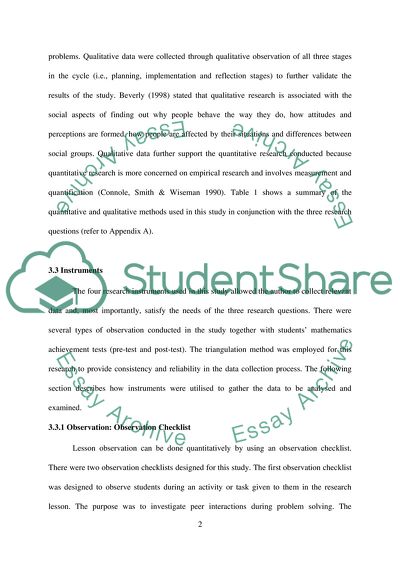Cite this document
(Students Learning through Collaborative Peer Interactions Term Paper Example | Topics and Well Written Essays - 1750 words, n.d.)
Students Learning through Collaborative Peer Interactions Term Paper Example | Topics and Well Written Essays - 1750 words. https://studentshare.org/education/1774604-chapter-3-methodology
Students Learning through Collaborative Peer Interactions Term Paper Example | Topics and Well Written Essays - 1750 words. https://studentshare.org/education/1774604-chapter-3-methodology
(Students Learning through Collaborative Peer Interactions Term Paper Example | Topics and Well Written Essays - 1750 Words)
Students Learning through Collaborative Peer Interactions Term Paper Example | Topics and Well Written Essays - 1750 Words. https://studentshare.org/education/1774604-chapter-3-methodology.
Students Learning through Collaborative Peer Interactions Term Paper Example | Topics and Well Written Essays - 1750 Words. https://studentshare.org/education/1774604-chapter-3-methodology.
“Students Learning through Collaborative Peer Interactions Term Paper Example | Topics and Well Written Essays - 1750 Words”. https://studentshare.org/education/1774604-chapter-3-methodology.


